San Vito al Tagliamento
San Vito al Tagliamento
San Vît dal Tiliment (Friulian) | |
|---|---|
| Comune di San Vito al Tagliamento | |
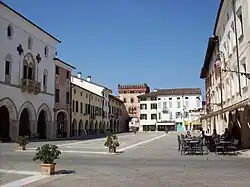 Piazza del Pololo | |
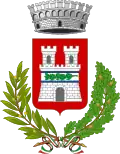 Coat of arms | |
Location of San Vito al Tagliamento | |
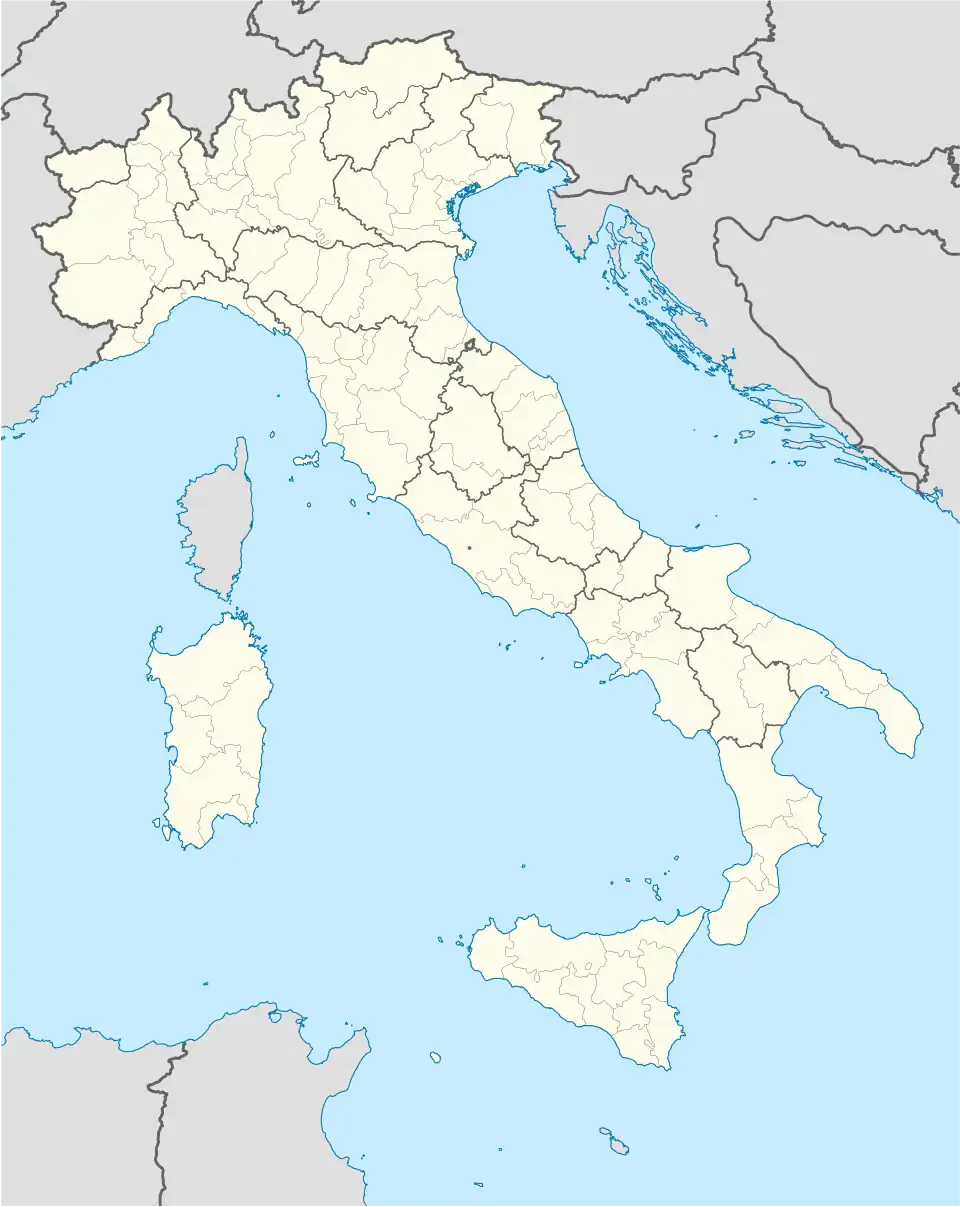 San Vito al Tagliamento Location of San Vito al Tagliamento in Italy 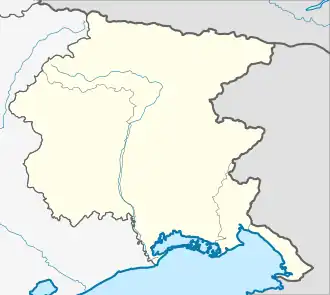 San Vito al Tagliamento San Vito al Tagliamento (Friuli-Venezia Giulia) | |
| Coordinates: 45°54′N 12°52′E / 45.900°N 12.867°E | |
| Country | Italy |
| Region | Friuli-Venezia Giulia |
| Province | Pordenone (PN) |
| Frazioni | Carbona, Gleris, Ligugnana, Madonna di Rosa, Prodolone, Rosa, Savorgnano |
| Government | |
| • Mayor | Alberto Bernava (civic list) |
| Area | |
• Total | 60.88 km2 (23.51 sq mi) |
| Elevation | 30 m (100 ft) |
| Population (2015)[2] | |
• Total | 15 106 |
| Demonym | Sanvitesi |
| Time zone | UTC+1 (CET) |
| • Summer (DST) | UTC+2 (CEST) |
| Postal code | 33078 |
| Dialing code | 0434 |
| Patron saint | Saint Vito |
| Saint day | June 15 |
| Website | Official website |
San Vito al Tagliamento (Friulian: San Vît dal Tiliment) is a comune (municipality) in the Regional decentralization entity of Pordenone, in the Italian region of Friuli-Venezia Giulia, located about 80 kilometres (50 mi) northwest of Trieste and about 20 kilometres (12 mi) southeast of Pordenone.
Main sights
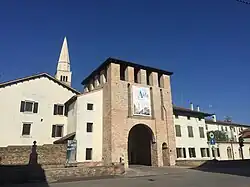
It is a medieval town on the right bank of the Tagliamento river.
The main attractions are:
- Three towers of the old medieval walls, one of which houses a small archaeological museum
- Church of San Lorenzo (1479)
- Church of Santa Maria dei Battuti, housing works by Pomponio Amalteo and Giovanni Antonio Pilacorte.
- Palazzo Rota, now the Town Hall
- The Duomo, with a triptych by Andrea Bellunello and works by Amalteo, Gaspare Diziani and Padovanino
International relations
Twin towns — sister cities
San Vito al Tagliamento is twinned with:
 Rixheim, France
Rixheim, France Stadtlohn, Germany
Stadtlohn, Germany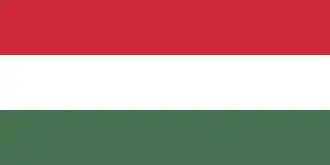 Nagyatád, Hungary
Nagyatád, Hungary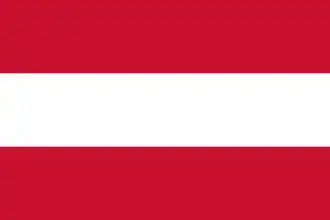 Sankt Veit an der Glan, Austria
Sankt Veit an der Glan, Austria
People
- Antonio Altan (end of 14th century – 1450), bishop and papal envoy
- Pomponio Amalteo (1505–1588), painter
- Paolo Sarpi (1552–1623), religious, theologian, historian and scientist hailing from San Vito
- Anton Lazzaro Moro (1687–1764), religious and naturalist
- Pietro Angelo Cristofoli (1841–1920), soldier in Garibaldi's army
- Zefferino Tomè (1905–1979), politician, Senator of the Republic and former city mayor
- Claudio Fogolin (1872–1945), cofounder Lancia company
- Federico Morassutti (1876–1954), entrepreneur and philanthropist, a prominent member of the Morassutti family
- Arnaldo Mussolini (1885–1931), reporter and politician, Benito Mussolini's brother. He was a teacher in San Vito.
- Riccardo Cassin (1909–2009), mountaineer
- Vito Mussolini (1912–1963), reporter and Italian politician, Benito Mussolini's nephew
- Carlo Tullio Altan (1916–2005), anthropologist, sociologist and philosopher
- Anna Maria Frisacco (1916–2012), tennis player
- Franco Castellano (1957), actor
- Andrea Cessel (1969), basketball player
- Filippo Cristante (1977), football player
- Bryan Cristante (1995), football player
- Massimo Donati (1981), football player
- Melissa Comin De Candido (1983), figure roller skater
- Giuseppe Enrico Gastaldis (unknown – unknown), agronomist
- Carlo Pegorer (1955), politician, Senathor of the Republic since 2006
- Alberto Fasulo (1976), film director, Marc'Aurelio d'oro winner at Festival del cinema di Roma 2013 edition
- Alessandro Comodin (1982), film director, screenwriter, photographer, film editor[3]
Trivia
- Benito Mussolini's brother taught in San Vito al Tagliamento for several years. First at Gleris and later at Falcon-Vial's institute.
- In San Vito al Tagliamento, it is possible to find the miraculous painting about "Madonna di Rosa" crowned by Pope Leo XIII "Queen and protectress of Tagliamento and his inhabitants".
- In the yard in front of Ligugnana's church there is the sculpture of Saint Lawrence, sculpted by Pierino Sam (1921–2010).
Gallery
-
Church of Santa Maria dei Battuti
-
Palazzo Rota palace (town hall) in Piazza del Popolo
-
 Frescoed palaces on the north-east side of Piazza del Popolo
Frescoed palaces on the north-east side of Piazza del Popolo -
 Tower at the south-east corner of the walls (16th century)
Tower at the south-east corner of the walls (16th century) -
 Palace of the old castle – detail of the frescoes on the north-west wall
Palace of the old castle – detail of the frescoes on the north-west wall -
 Frescoed gallery in the northwest corner of the old castle's palace
Frescoed gallery in the northwest corner of the old castle's palace
References
- ^ "Superficie di Comuni Province e Regioni italiane al 9 ottobre 2011". Italian National Institute of Statistics. Retrieved 16 March 2019.
- ^ All demographics and other statistics: Italian statistical institute Istat.
- ^ MYmovies.it. "Alessandro Comodin". MYmovies.it (in Italian). Retrieved 2023-02-02.
External links
- Official website (in Italian)
- Page on the website for the development of tourism in the Friuli Venezia Giulia region (in English)